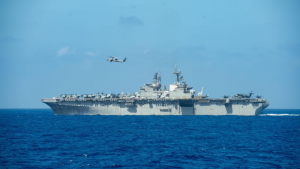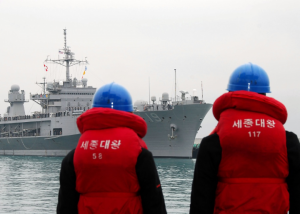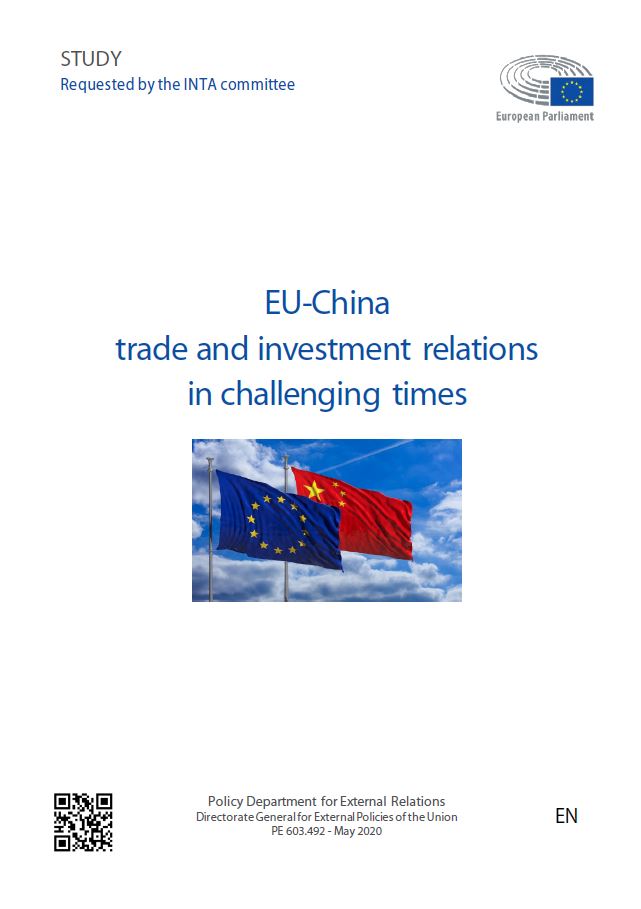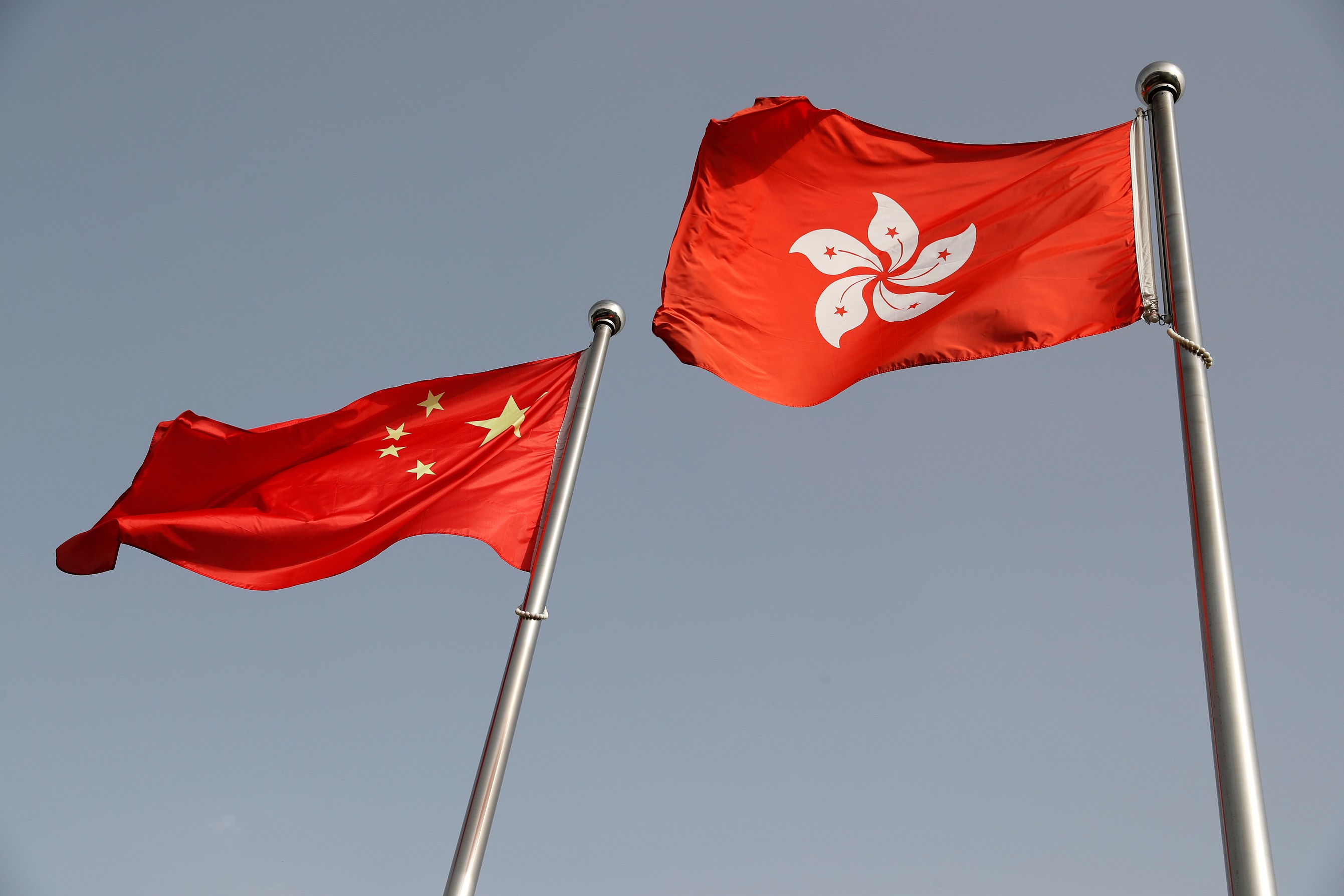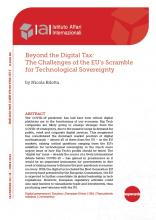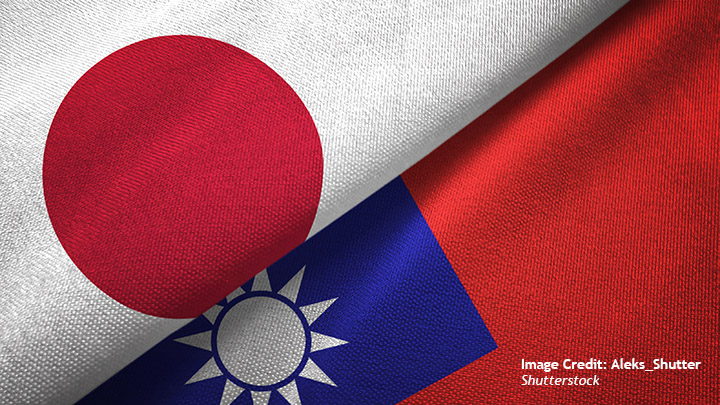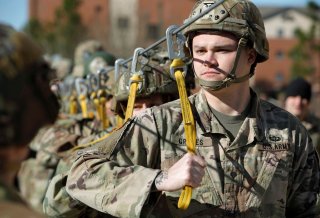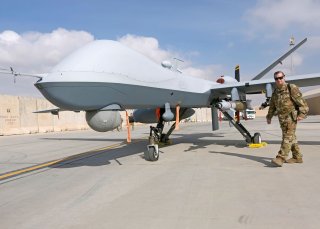Tridivesh Singh Maini
There is increasing strategic congruence in the context of the Indo-Pacific between Washington DC and New Delhi.
There are likely to be irritants in the relationship, however, including Indian defence purchases from Russia.
Similarly, while US-Iran tensions are deteriorating further, India cannot afford to ignore Iran given that it is India’s only link to Afghanistan and Central Asia.
Economic divergences between both countries are also likely to continue over trade issues.
Summary
In a post-Covid-19 world, the India-US relationship is likely to be important, not just in the context of South Asia, but also for the Indo-Pacific region as well as globally. The two countries have strategic commonalities as well as issues related to the pandemic, including not just co-operation on developing a vaccine, but also the push for an inquiry into the origins of the virus. The US and India have assisted each other to deal with the pandemic. While India provided US with hydroxychloroquine, the US provided India with ventilators. In recent months, Washington and Delhi have signalled that they will strengthen defence co-operation. India has signalled that not only would it go ahead with defence purchases of F-21 fighter aircraft and joint defence production, but that it would also progress its defence co-operation with the US, which was initiated when it signed the Logistics Exchange Memorandum of Agreement, by also entering into the Basic Exchange and Cooperation Agreement with Washington.


